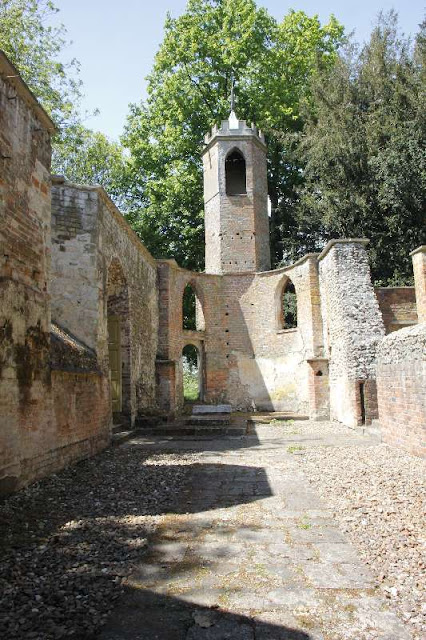My second visit to Brookwood Commonwealth war cemetery was to find the grave of J A Wilding who was the pilot of a Halifax Bomber that crashed near Wallingford killing him and his Copilot J F Andrews. This time I had a better look around and am still amazed at the number of graves there which a lot seem to be from the first war. These are some of the photo's I took.
This one overlook the Commonwealth graves of Australia, and South Africa and the RAF. The cross and poppy at the top of the page was at it's base.
The Commonwealth war graves looking towards the cross
Looking towards the cross from the RAF memorial, the graves in the foreground are from the RAF though on this occasion I could not visit due to refurbishment of the area.
The RAF memorial
RAF Emblem on the memorial top.

In the cemetery you can see Polish and Czechoslovakian graves.
A French area and an Italian one nearby

The American with it's impressive chapel. Nearer the cemetery entrance you can see the memorial to those who have no known grave.
Below is part of the Canadian Cemetery where I went to find J.A.Wilding which is the third grave along

The grave of Sargent K.H.Vaughan with a family photo left beside it
Looking down the Canadian cemetery from the cross
Never knew the Chelsea pensioners were buried here but there is a plot for them as well

These four graves to
A.S.Woolaver
W Marshall
G.A.Jones
T.Gabryelski
are close together and the date of
04/07/1944 on all the graves so I can only assume they all died in the same plane .
On my way out I noticed there was an area with German names on the headstones, many were single but a few like these three were close together, and from the date killed in the Battle of Britain but are still honored in the cemetery with their enemy of the time. They are buried in a place where there are no enemy's.
War has no winners, only losers and every one of the graves I have seen is a lost a loved one. RIP






























































